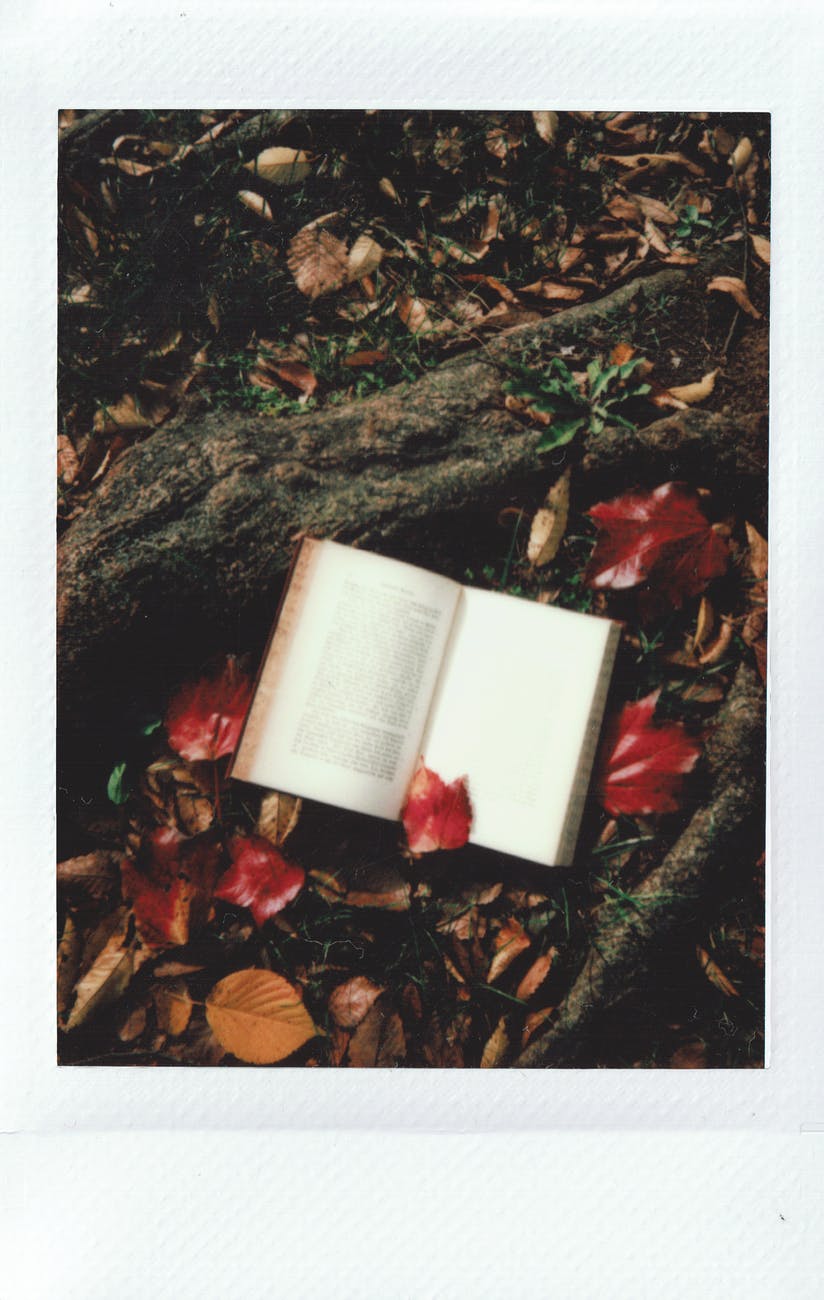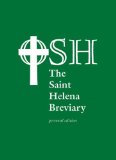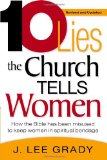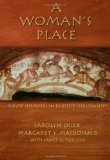(I am working my way through Sandi Amorim’s Spotlight Questions (You can find the interview here). When she asked what was effortless and life giving for me, I answered: “Definitely reading. I love to sit down and get lost in a book. I love to learn new things. I’m always reading seven or eight books at the same time. I just love books. That leads into my love for writing and wanting to give the same blessings to my readers, my favorite authors have given to me.” It reminded me of this article I wrote for Christians for Biblical Equality’s E-Quality Newsletter.)
I’ve always lived in other worlds. As soon as I learned to read, I began devouring books. If I could understand most of the words, I read it. I was always asking Mom what this word and that word meant, and as a result, Mom soon taught me how to use a dictionary. I was in glasses by the time I was ten. There is no proof, but I think because I read so much, my eyes didn’t think there was anything beyond the length of my arm (or the tip of my nose for that matter). By the time I finished sixth grade, I had read the Little House on the Prairie books, A Wrinkle in Time trilogy (back then it was a trilogy), The Chronicles of Narnia, every Judy Blume book, and too many Nancy Drew books to count. In fact, I would sit down after breakfast on Saturdays with a Nancy Drew mystery and have it finished by supper. Of course, writing stories did not lag far behind learning how to read them.
Role Models
The first time I saw the power and potential of a girl, and later a woman, was in Madeline L’Engle’s A Wrinkle in Time books. Meg was strong and held her own ground. She did not have special powers and she was not a super-hero, but she did what was right. Her love for her family always compelled her to do the right thing, no matter what it cost her personally. Meg showed me that regardless of your age, you could change the world for the better.
I lived in books filled with girls and women with whom I could relate. I grew up with a complementarian model of who a woman was supposed to be, but I never fit in that mold. I was neither quiet nor submissive, and I was not very proper. I was competitive, opinionated, aggressive, and willing to defend my beliefs. In books I found woman like me, women I wanted to be like.
I will never forget meeting Eowyn in The Two Towers and journeying with her through Return of the King. She was the first woman I met who was also a warrior. She defied the customs of her time, went into battle, and fought for what she believed in. She was the one who destroyed the King of the Nazguls. In Eowyn, I found a sister.
Seeing Humanity in Others
But fiction has done more than just show me what women can do. The genres of science fiction and fantasy also help me to understand what it means to be human. There is a great potential for truth-telling in these genres. I think that is because the worlds in science fiction and fantasy are not “our” world. Because it’s not “us,” “our” culture, “our” world, we can say things that are not readily received in other forums. Over the years, these genres have confronted the prejudices of our world, battling discrimination based on sex, religion, and ethnicity, and going even further to ask, “What does it mean to be human?”
In Children of God, Mary Doria Russell weaves the stories of human and alien through religion. On the world of Rakhat, there are two species: the Jana’ata and the Runa. The Jana’ata will eat the Runa for survival and to maintain the population. Two of the human characters in the book are a Jewish woman, Sofia Mendes, and her autistic son, Isaac. Joining them is Ha’anala, a member of the Jana’ata. Sofia teaches them the Jewish faith. The biblical views begin to change the way Ha’anala looks at her world, and the way she sees the Runa. She realizes all of them are created by Godde. When she is older, she forms a group where the Runa are treated as equals, which becomes a catalyst for starting change in her world. Meanwhile, Isaac has limited speech and dislikes noise. He wants silence and clarity. He works continually on a hand-held computer, looking for what he calls clarity. At the end of the book we find out what he was working on: a symphony. John Clute noted that Isaac “understands the world solely through song, memorizes the genetic codes of the three races into three intercalating tone-rows, and harmonizes them” (Excessive Candour, issue 63, which is no longer online thanks to SyFy’s name change). He calls his composition “The Children of God.” The humans, the Runa, and the Jana’ata are all Godde’s children. The book ends with a question: Where will these three races—all children of Godde—go from here? Children of God makes us think: what does it mean to be made in the image of Godde? To be Godde’s children? Do we really consider those who are “other” (different races, cultures, religions, or ethnicities) as Godde’s children? Would we use and exploit other people if we saw them as children of Godde, or would we radically change the way live as Jana’ata did?
Neil Gaiman creates London Below in Neverwhere: A Novel. A whole world lives beneath the streets of London in old tunnels long forgotten. London Below is populated by those who considered misfits by the inhabitants of London Above. The residents of London Below are seen as homeless, dirty, and destitute. The people of London Above do not even see them; they look right past them. The dwellers of London Below have to talk to them to be seen, but once the conversation is over, the London Abovers forget all about it. Those who reside in London Below are unseen and forgotten people. This challenges the reader to examine how we see people. How do we view those who are considered “misfits”? Do we look past them? Do we see them at all?
Both of these books remind me of the core church doctrine that every single human being on the face of this planet is made in Godde’s image. What do we do with this doctrine, once it is truly realized? Are we able to handle the responsibility this places upon us? What about those we take advantage of, simply because we can? Are there certain people who are invisible to us, who we look through on the street? Fiction has challenged me, throughout my life, to encounter these hard questions, and ask what it means to be human. Godde not only created every human being, but Godde created them in Godde’s own image. I must constantly remind myself to remember this, to live out what I believe.
Male and Female in the Image of Godde
Lately these questions about humanity have morphed into an examination of what it means to be made in the image of Godde as males and females. What does it mean to be a woman created in the image of Godde? What does this look like in our everyday lives?
I’m not sure I’ve found the answer in fiction. But I do know one image from a book that points me in the right direction: Eowyn and Merry in The Return of the King. They ride into battle together, fight together, and defend each other until they are both down. Eowyn does kill the King of the Nazgul, but she could never have done it without the help of Merry. When I think of men and women, made in the image of Godde, this is what I see. Brothers and sisters standing side by side, fighting the evil in our world that would belittle or ignore any person made in Godde’s image, and building Godde’s kingdom together.
This article was originally published in Christians for Biblical Equality’s E-Quality Newsletter, Winter 2008.







 Grady,
Grady, 


